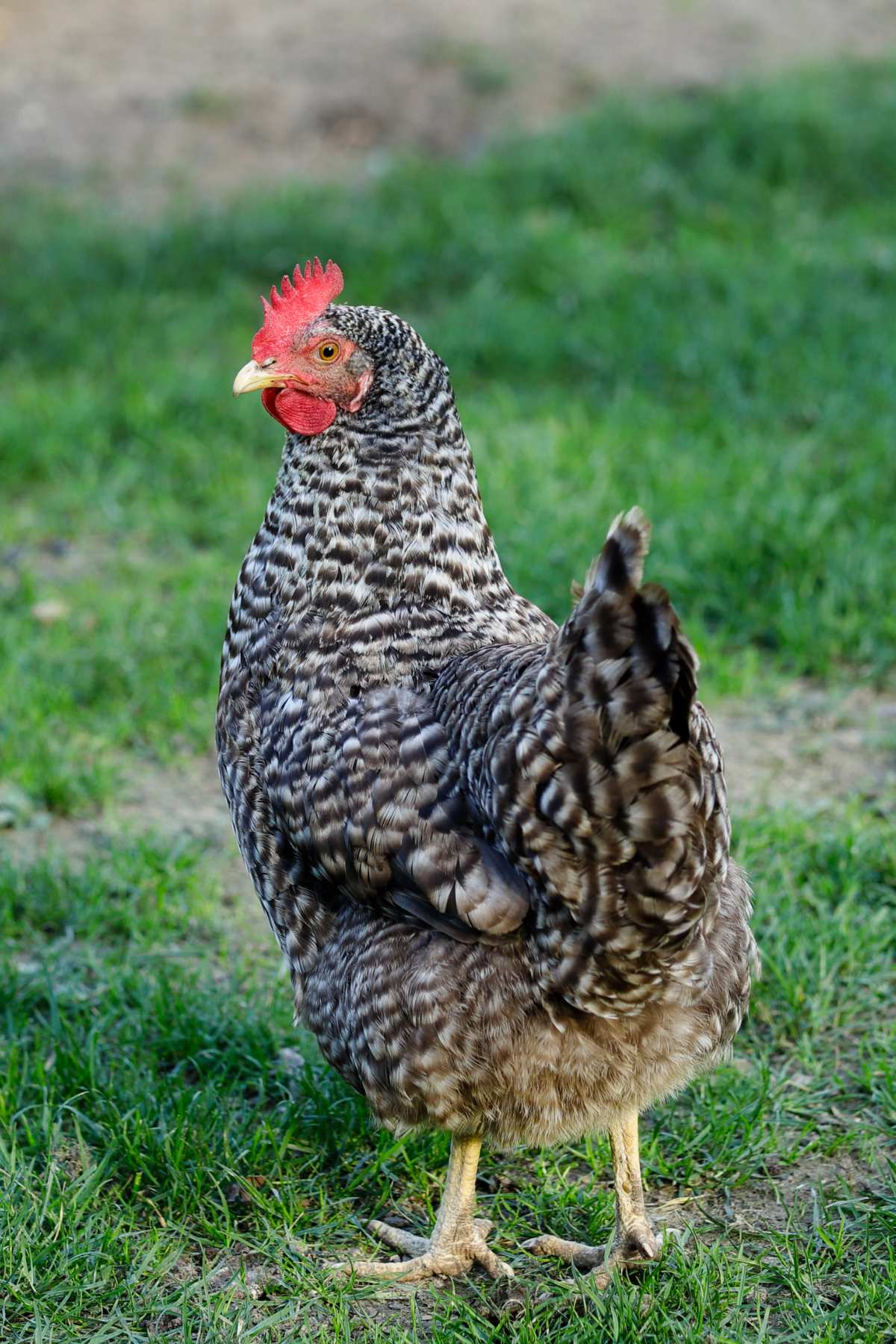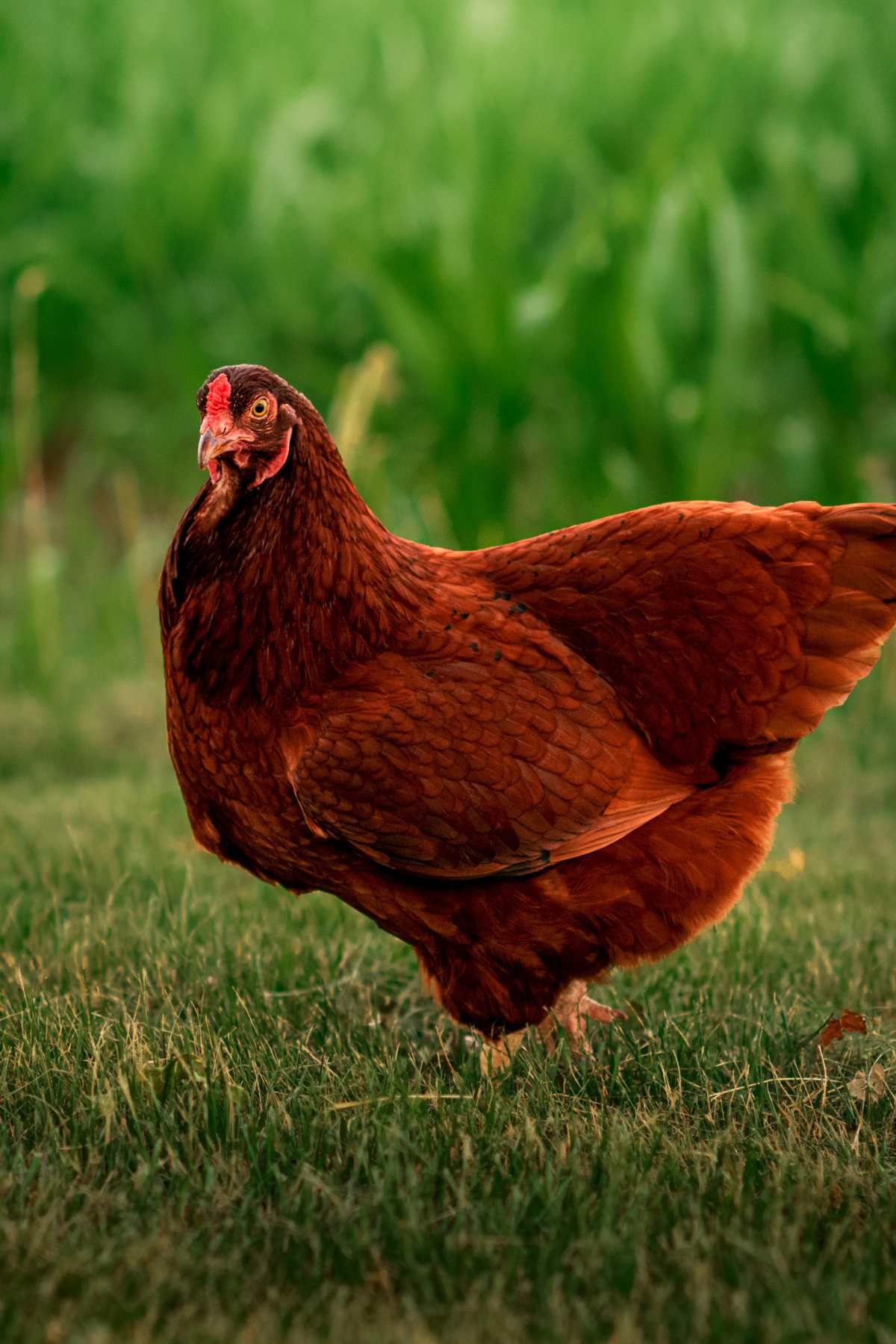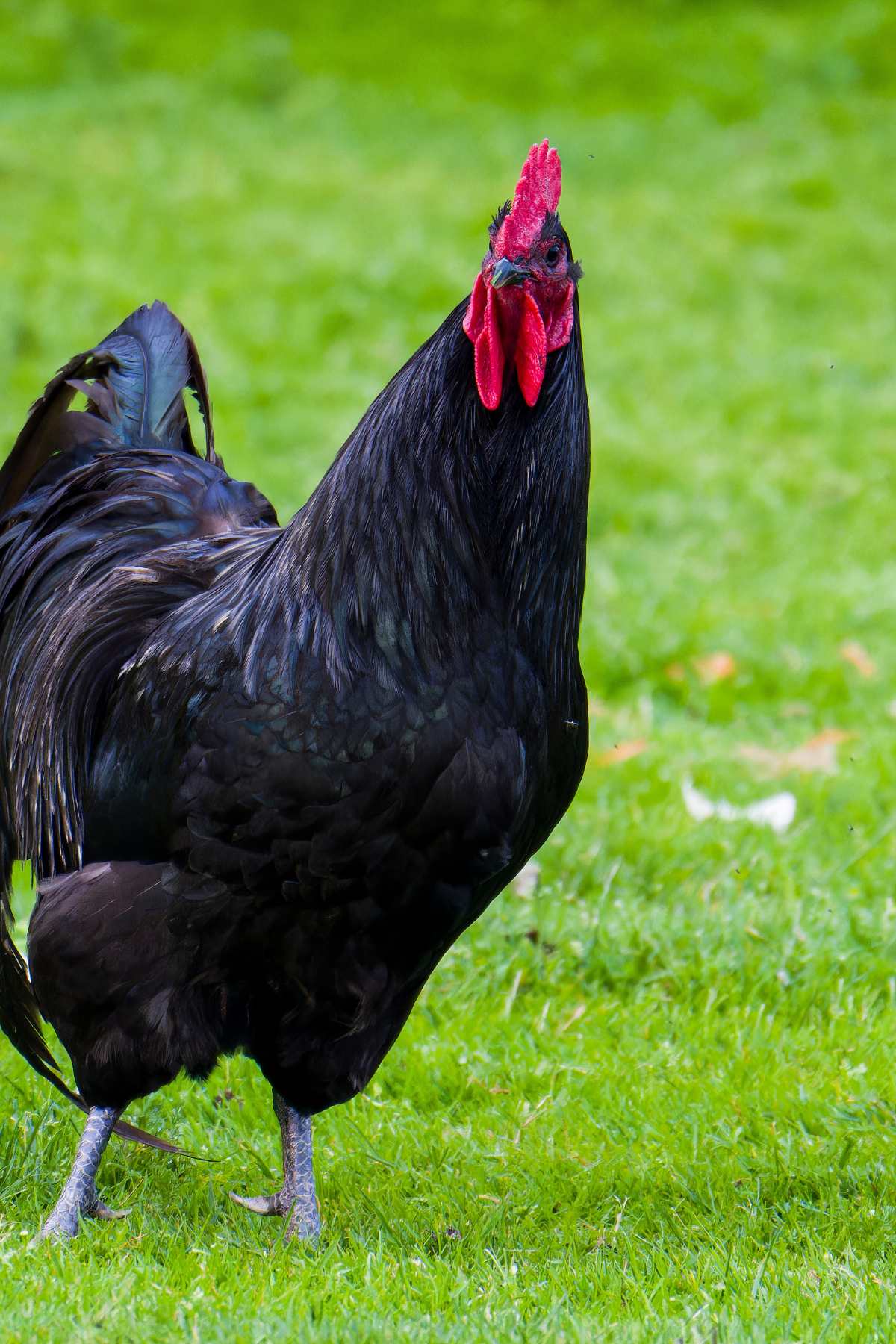Inside: The best dual purpose chicken breeds that can provide eggs and meat, and why I think the whole concept is actually not that great.
These heritage dual-purpose chickens were the backbone of family farms, providing eggs for the breakfast table and meat for Sunday dinner. And it makes sense, in a way. Your hens lay eggs, and then when they stop, you eat them. Or you hatch your own chicks and keep the hens for laying and eat the roosters. Sounds great, right? Well… it can be. But it’s…complicated. Choosing chicken breeds is even harder when you want both things out of one bird.
Dual-purpose chicken breeds are okay at two things and great at neither. They won’t lay as well as the most productive egg layers. And for meat chickens, the difference is even more dramatic. A special meat chicken breed will way, way outperform a dual-purpose breed in quick growth. There’s a reason that commercial producers keep these two things completely second, because they are focused on profit.
Now, maybe that’s not you. If you eat your roosters and/ or older hens….or if you hatch your own chicks, dual-purpose can be an economical choice. Why? Because every bird in your flock now has a purpose, and you have an operation that can sustain itself.
Same if you free range your birds and feed them table scraps. Now time becomes less of a factor because feed cost are not so high.
It’s all much more complicated than it seems at first glance. Are you with me? Let’s explore the (few!) breeds that fulfill all our requirements.

Another note: If you want “grocery store” quality chicken, you won’t get it from any of these breeds. Store-bought chicken is almost 100% Cornish Cross, butchered very young (6-7 weeks old). Modern tastes are not used to heritage breeds or older birds.
In case you can’t tell, I think that dual-purpose chickens are one of those things that sound great in theory but aren’t super practical.
But since you asked, here we go.
1. Plymouth Rock Chickens (most popular choice)
Also known as Barred Rock, these birds are a popular pick for dual-purpose chicken farming. There are some solid reasons why.

First off, Plymouth Rocks are good (not the best, but good) layers. Brown eggs, decent quantify. Average to good.
Now, when it comes to meat, these chickens grow to a good size.
Another big plus with Plymouth Rocks is their temperament. These birds are usually calm and friendly, so they are easy to manage. This is especially helpful if you’re new to raising chickens. They’re not the type to cause a ruckus in the coop. I personally find them a bit boring but they are sweet and trouble free.
Lastly, these chickens are hardy. They can adapt to various climates and environments. This makes them a reliable choice no matter where your homestead is.
In short, Plymouth Rocks are the dependable layers, decent for meat.
I personally rarely have any in my flock. I don’t think they’re pretty, and they have no personality. But they’re a practical choice!)
2. Delaware Chicken (my favorite dual-purpose!)
Delaware chickens might not be as famous as some other breeds. But they should be!
Firstly, let’s talk about their egg-laying. Delawares are solid layers, giving you around 4 to 5 eggs per week. And they lay huge, lovely brown eggs.

Now, onto the meat aspect. Delaware chickens were actually developed for meat production in the mid-20th century. And it shows in their size and build. They grow quickly and have a good body weight.
Another big win for Delaware chickens is their temperament. They are calm, friendly, and easy to handle. This makes them a great choice for families or anyone who prefers a more peaceful coop. They don’t always have broody hens, but we have had a few.
In case you can’t tell, I LOVE Delaware chickens. We do not raise them for meat birds but keep them solely for their egg production. They’re one of my favorite breeds!
They are, in my opinion, the best choice for a dual purpose if you insist on going that route.
3. Buff Orpingtons
Buff Orpingtons, the Golden Retriever of chickens, are many homesteaders first birds. And there are good reasons for this. These big and adorable birds aren’t just a pretty sight in your backyard.

Okay, as much as I love this breed, they are not super practical for pure egg laying because of their size. They eat a ton of food compared to how many eggs they produce. But they are lovely large brown eggs and their personality more than makes up for it.
Now, when it comes to meat, Buff Orpingtons are quite impressive. They have a broad, heavy body which is ideal for meat production. The birds mature to a good size, offering a substantial amount of meat.
This might make you think they are the perfect dual purpose bird. And in a sense, you’d be right. But they are not “thrifty” and will require quite a bit of food to achieve this growth
One huge plus here is that Buff Orpingtons have good mothering instincts. The female often go broody. This s annoying if you just want eggs, but great if you want chicks. This helps you sustain your chicken population naturally, without having to move any eggs to an incubator. This allows you to have a self-sustaining flock in which you eat most of the roosters and allow the hens to reproduce and lay eggs. When we get a broody hen, 9 times out of 10 it’s a Buff Orpington.
Buffs are my favorite breed and if I could have one breed, this would be it, even though they aren’t the best egg layers. Gorgeous, friendly, and just a joy to be around. But we do not butcher ours.
4. Buckeyes
Buckeyes are not a very well-known breed. But they have qualities that make them a solid choice for both egg and meat production.
One of the first things to highlight about Buckeyes is their egg-laying capability. They are consistent layers, providing a decent amount of medium-sized, brown eggs. Again, nothing amazing, about 3-4 eggs per week.

Buckeyes are well-muscled birds with a good meat yield. They have a unique body shape compared to other dual-purpose breeds. They are more elongated and broad-breasted.
But what really makes Buckeyes stand out is their foraging ability. Turn them loose and they’ll find a good portion of their own food, cutting your feed costs while keeping the birds healthier and more active.
Any time a breed is a good forager, I try it, because nothing with lower your feed costs as much as that. This is why Freedom Rangers are my favorite meat birds. In my experience, just mixing some good foragers into your flock will teach the rest of the birds how to free range too.
Their thick feathers handle cold weather well, making them a sensible choice for homesteads in colder regions.
6. Australorps
These black beauties lay LOTS of eggs. Lots. The work record holder for most eggs laid in a year is an Australorp.
The meat quality is good, too. Males grow to about 8-9 pounds, giving you a decent carcass size without waiting forever for them to mature.

Where Australorps fall short: they’re not the fastest-growing meat birds. If you’re looking for quick turnaround from chick to table, other breeds will get you there faster.
Another drawback is that they can get a bit lazy if overfed. They don’t forage as aggressively as some heritage breeds, so they might just stand around eating expensive feed if you’re not careful about management.
I like them as a dual-purpose choice because they can send on their own, so to speak, as a laying hen.
More Resources for Your Flock:
Home Sweet HomesteadStorey’s Basic Country Skills: A Practical Guide to Self-RelianceKitchen Craft Apple Farm Hand-Finished ‘Hazel Hen’ Ceramic Measuring Cups – Cream/Green (Set of 4)
- The Beginner’s Guide to Raising Chickens: How to Raise a Happy Backyard Flock: This book is perfect for beginners in poultry farming. It covers everything from constructing chicken pens to choosing the best breed and keeping your birds healthy.
- Storey’s Guide to Raising Poultry: A comprehensive guide covering all aspects of poultry farming, including different types of birds, health care, and marketing strategies
- Can My Chicken Eat That? What you can (and can’t supplement your chicken’s diet with to keep costs low)
Things to Consider
Before you decide to raise dual purpose birds, you have to think out so many things. Will you just butcher all your roosters? Do you want to save one to fertilize eggs? In that case, should your whole block be one breed? Do you mind that it will be more expensive this way? If you’re a brand new chicken keeper I highly recommend you stand with a mixed flock oof laying hens, get comfortable with the whole thing, then move on to a flock of meat birds. After that, start exploring dual purpose birds.





More to Explore
Simple Homemade Marinara
How to Make Garlic Powder in a Dehydrator
Homemade Spiced Apple Rings (For Canning)
Red Hot Cinnamon Pickles (Canning Recipe)